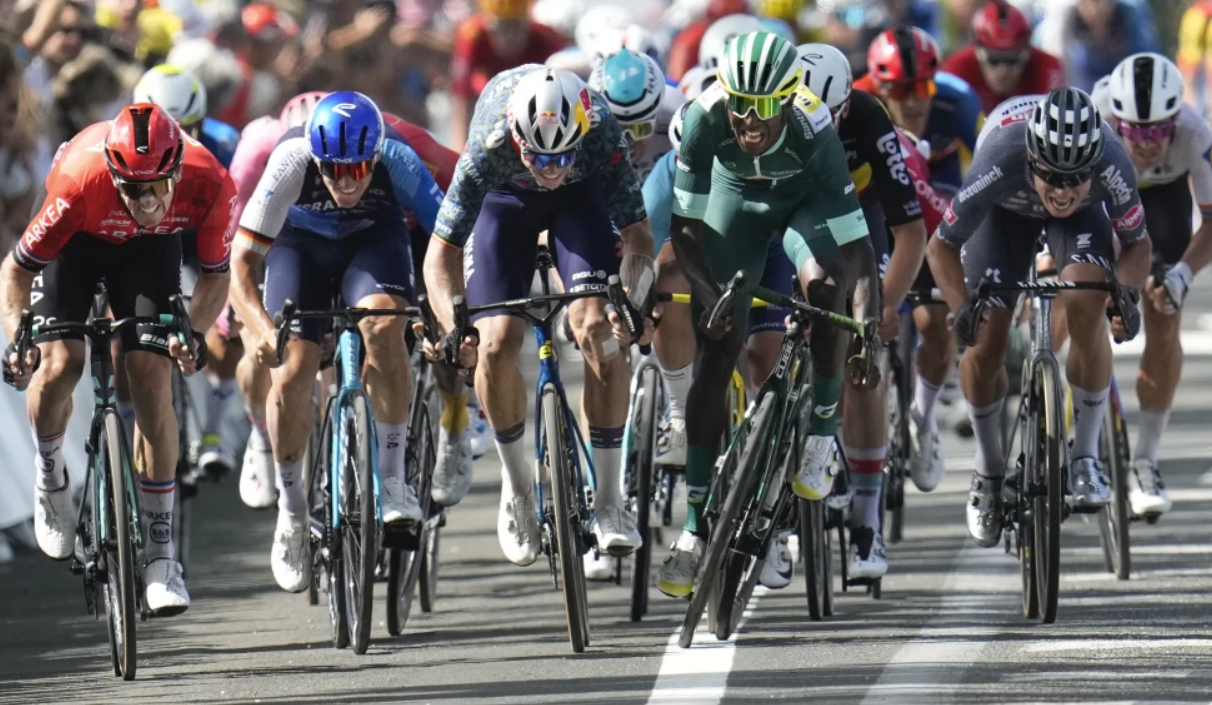Cycling’s governing body, the UCI, has introduced a ban on the repeated use of carbon monoxide rebreathing, a practice some riders have used to artificially enhance their performance. After a meeting of its executive committee in France on Saturday, the UCI announced the ban, which will take effect on February 10, citing concerns over rider health.
However, the use of carbon monoxide will still be allowed in medical settings, provided it’s administered by a trained professional for legitimate medical purposes.
The practice gained attention during the Tour de France when cycling website Escape Collective reported that riders from several teams had used the toxic gas as part of altitude training. Carbon monoxide can serve as a tracer to study oxygen diffusion in the lungs or hemoglobin mass, an important measure for athletes. Two-time Tour de France winner Jonas Vingegaard recently revealed that some riders have been using small doses of carbon monoxide to boost performance, leading to concerns of doping.
The UCI decided to implement the ban for health reasons, explaining that repeated inhalation of carbon monoxide outside of medical settings can cause both short-term and long-term health issues. These include symptoms like headaches, fatigue, nausea, dizziness, and confusion.
The UCI warned that the symptoms caused by repeated carbon monoxide inhalation could escalate, potentially leading to heart rhythm issues, seizures, paralysis, and even loss of consciousness.
Under the new regulations, the possession of commercially available carbon monoxide rebreathing systems, which are linked to oxygen and CO cylinders, will be banned outside of medical facilities.
When used under medical supervision, the UCI stated that only one inhalation would be permitted for measuring hemoglobin mass. If a second inhalation is necessary, it must be conducted at least two weeks after the first.
UCI president David Lappartient emphasized that the organization’s main priority is to safeguard the health and safety of athletes, and that the recent decision is an important step in that direction.
While the method is still allowed by the World Anti-Doping Agency (WADA), the UCI has asked WADA to take an official stance on the matter.
